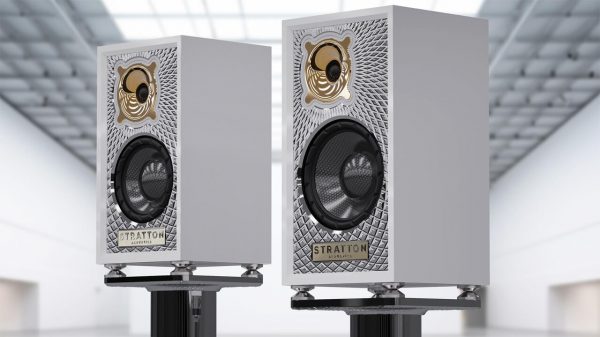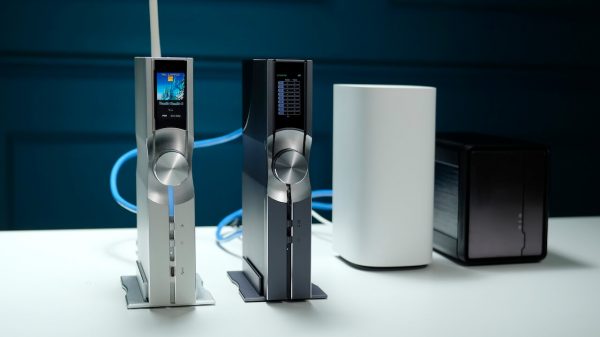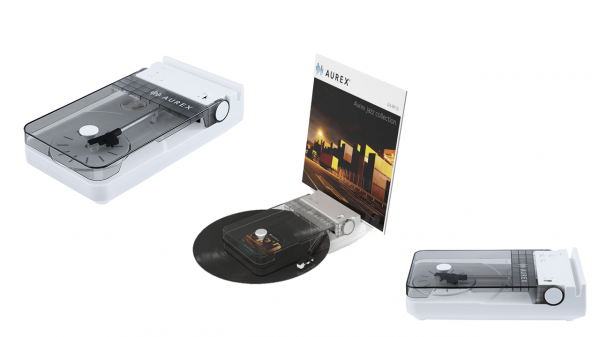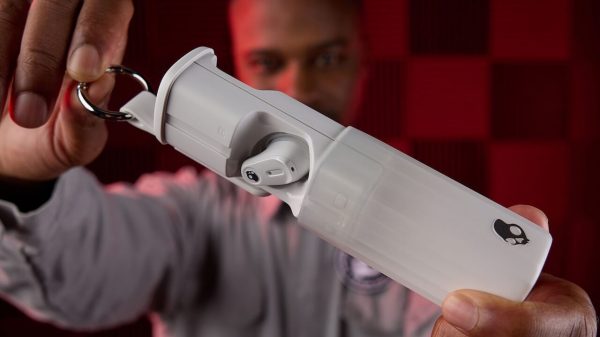FCC Standard Could Disappoint Tech-Smart Buyers, Says CDA
NEW YORK, July 19, 2005 – According to the Copper Development Association, many new homes continue to be built with inadequate communications wiring for computers, entertainment systems and other forms of sophisticated home electronics. “Homebuyers are increasingly savvy about how they want their homes to be wired,” says John Cowie, who tracks telecommunications applications for CDA. “In today’s dream homes, high-performance communications are essential.”
According to Cowie, a revised minimum standard for residential communications wiring was enacted by the Federal Communications Commission in 2000, but many builders remain poorly informed about the ruling or have little understanding of what it means. “A few still build homes that don’t even measure up to the basic FCC requirement. Others barely meet the standard,” says Cowie. “Consequently, homeowners who want more than the bare minimum often have to rewire at a cost substantially higher than the cost of installing adequate wiring in the first place.”
Conceived by the FCC in the 1990s, the minimum standard governing inside broadband wiring is not very high-tech, because it was based on 10-year-old technology. There is a simple remedy for this, however. At little additional cost to builders, high-performance copper communications wiring known as Category 5e can — and should — be installed in new homes.
According to Cowie, the following simple guide can be useful in making an initial evaluation.
A = Excellent
This home exceeds expectations. Two Category 5e structured wiring ports — one for telephone and one for data — are teamed with two RG-6 coaxial cable ports for two-way video signals and are available at two different locations in virtually every room. A central distribution device (CDD) provides connectivity between rooms and with the outside world, simplifying network management. Wiring is installed in a star configuration, meaning that each outlet is wired directly back to the CDD. This home might also have a sophisticated home entertainment center and may be wired for whole-house audio with speaker wires extending to key listening areas in the home.
B = Good
Two Category 5e and two RG-6 ports are star-wired to at least one location in all key rooms, including bedrooms. Additional wiring has been installed behind walls for future use. Outlets may be installed later, as needed by the homeowner. Entertainment, security and energy-management features may also be present.
C = Average
Category 5e and RG-6 outlets are provided in two or three key rooms, also using a star configuration. This wiring is fairly typical of what is promoted as “structured wiring” in new homes today. The homeowner may find it limiting or inflexible in terms of entertainment features, or for sending broadband to children’s bedrooms or study areas, or adding home automation and security cameras.
D = Minimum standard
This house barely meets FCC requirements for wiring, which is adequate mainly for telephone lines. Not exactly the “dream home” tech-smart people are looking for today — or will need tomorrow.
F = Failure
In this case, the house does not meet even the minimum FCC standard. Even if the builder used the right wires, check out the installation — daisy chaining (wiring sequentially from outlet to outlet) does not get a passing grade. As far as up-to-date technology goes, this home is a lemon! It is the responsibility of the builder and installer to bring the home up to the FCC minimum standard.
One of the biggest reasons for buying a brand new home is to benefit from the latest home technology. There is no reason to accept a new home that does not merit a grade of “B” or better when it comes to communications wiring.
For more information about the FCC ruling and high-performance communications wiring, see http://www.copper.org/telecom.
The Copper Development Association is the information, education, market and technical development arm of the copper, brass and bronze industries in the USA.
























